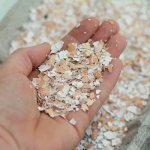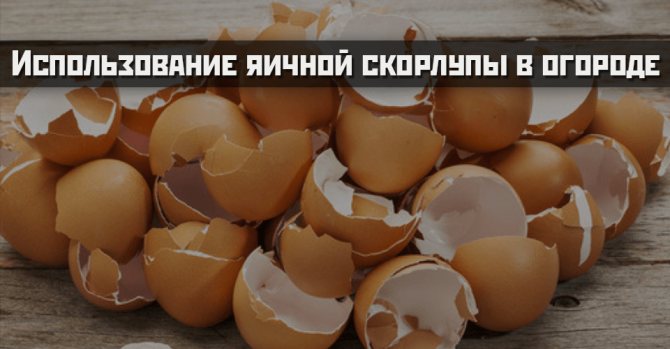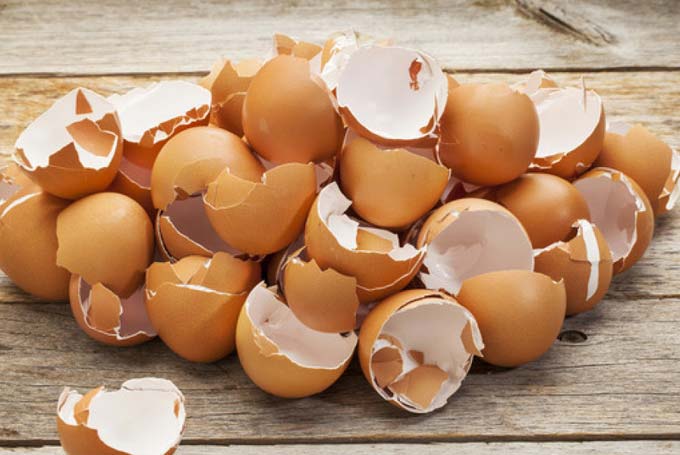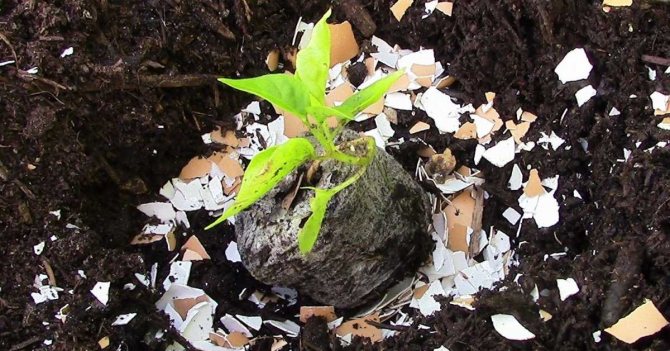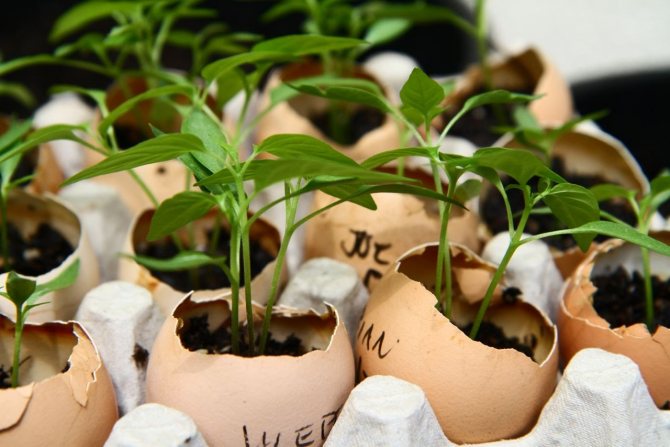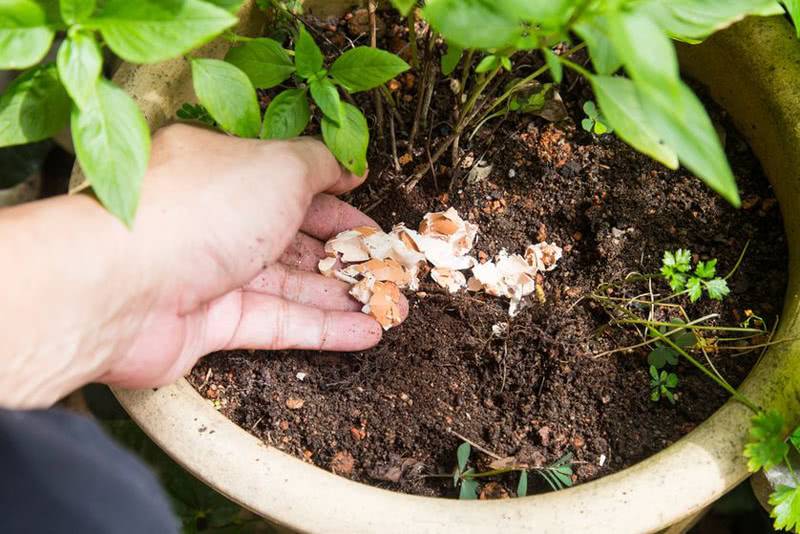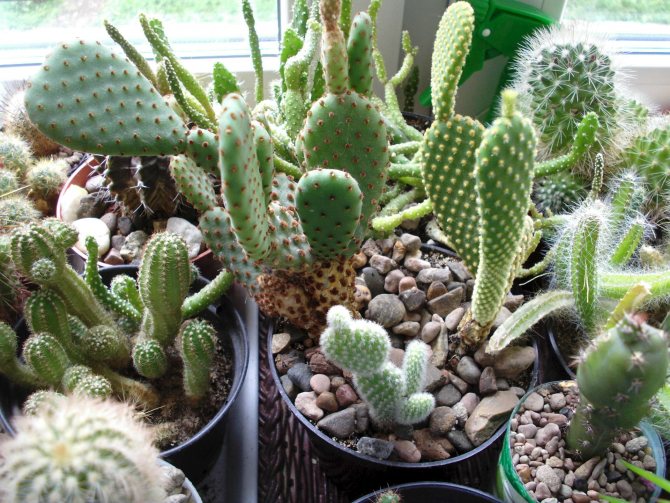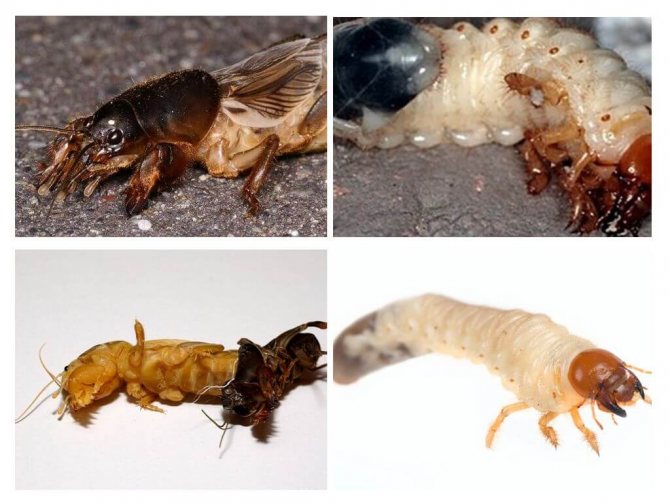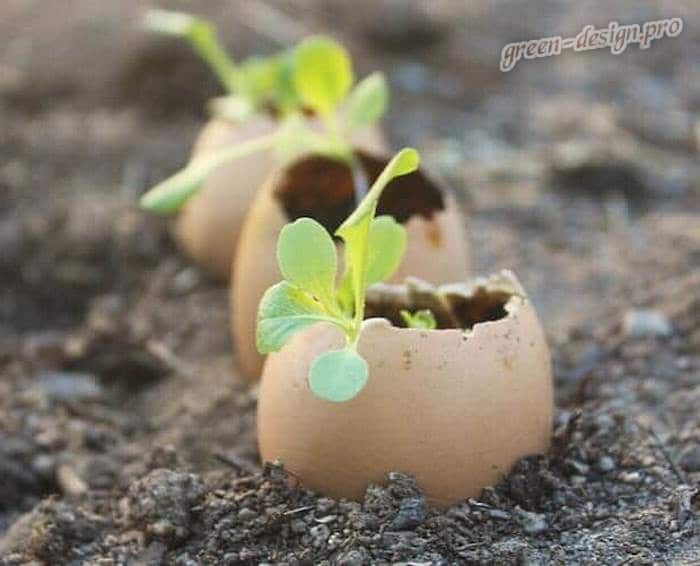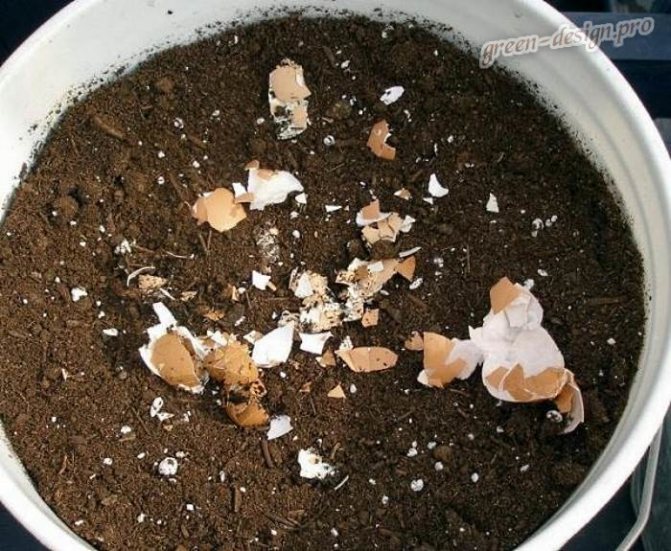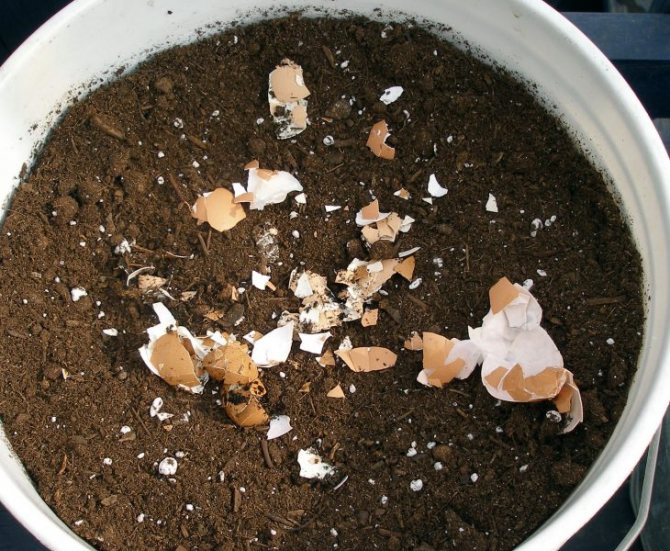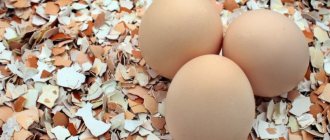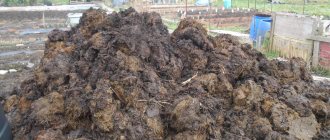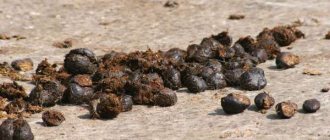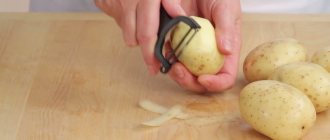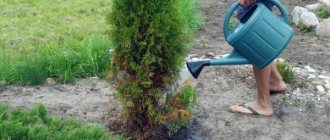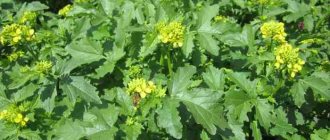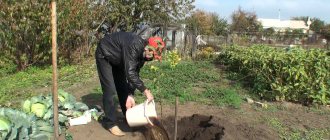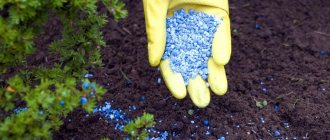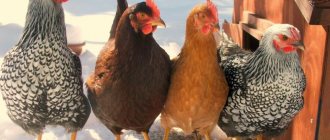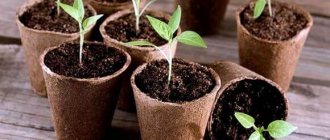In the diet of each family, eggs are present in one volume or another. When breaking them, do not rush to throw them away, because eggshells are an irreplaceable natural source of calcium. The unique ingredient is not only essential for plants, but also perfectly absorbed by almost all types of horticultural and horticultural crops. The shell contains a complex of trace elements and nutrients.
To obtain a full-fledged material, the eggshells are folded into cardboard boxes and left in a dry place to dry naturally. It is necessary to remove protein residues and the inner matt film beforehand. After complete drying, it is crushed and folded into paper bags, sealed jars or containers.
Advice! Do not use plastic bags for storage. The shell picks up moisture and deteriorates.
The cooking process is carried out in stages:
- dried shells are laid out on a cloth and rolled out with a rolling pin;
- crushed in a coffee grinder or blender;
- folds into containers with lids.
There is another universal way. The shells are baked over an open fire and crushed together with wood ash. Such fertilization is even more effective for plants.

Advice! Using eggshells as drainage is a great solution for combining multiple tasks. This method will prevent water from stagnating, and the soil will receive the necessary additives.
To obtain environmentally friendly products, the shell is indispensable, its benefits are obvious:
- promotes soil deoxidation, is used for alkalization;
- an effective agent in the fight against pests and rodents;
- the structure of the soil is improved;
- the adaptation process is accelerated during plant transplantation;
- accelerating the development of the root system;
- restoration of air exchange;
- a prophylactic agent for diseases;
- increased immunity;
- soil enrichment with minerals and microelements.
Reference! Some growers use halved shells for growing seedlings.
Useful video:
By harvesting such a natural fertilizer for future use, you can not only save money, but also provide feeding for almost all plants in the house and in the garden. The reserves can be kept for quite a long time. And do not worry about the dosage of dry shells introduced into the soil. An excess will not negatively affect plants.
The composition and useful properties of eggshell
Egg shells are a popular organic fertilizer that is easy to make and use at home to feed seedlings. It contains a huge percentage of calcium that is easy to assimilate (93%). The shell also contains small amounts of magnesium, phosphorus, potassium, iron, sulfur and aluminum.
The advantage of this feeding is that:
- overdose is impossible;
- means economical and affordable;
- fertilizer is easy to make and apply in the country or at home.
To make feeding, it is better to take eggs of domestic hens: they contain more useful components. Brown shells are healthier than white shells. You should also not subject it to heat treatment: after the procedure, some of the useful elements are digested.
For fertilizing 1 sq. m. area requires 45-50 crushed shells.
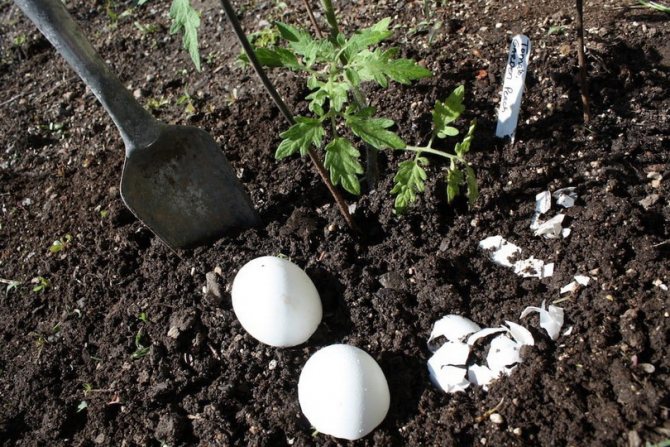

Bonus: we determine the acidity of the soil ourselves
- In the bottle from which the infants are fed, we pour the crushed soil from the site up to 2 divisions (bottom).
- Pour water up to 5 divisions and add ½ teaspoon of powder chalk.
- We put on a nipple (tightly rolled) on the neck and shake for two minutes.
- As the chalk interacts with the soil, carbon dioxide will start to form. The nipple is straightened by the pressure in the bottle.
- If the acidity is weak, the expansion of the nipple is passive. High acidity will return it to its original form.
Pro100ogorod in the "Fertilizers" heading.
Why are shells good for plants?
As a vegetable garden fertilizer, eggshells have a positive effect on many crops. Thanks to its application:
- the acidity of the soil decreases;
- active saturation with minerals occurs;
- the substrate is loosened: in this state, oxygen is supplied more easily and better, moisture is absorbed;
- the susceptibility of greens to infections and attacks of harmful organisms decreases;
- seeds germinate faster, the root system of young plants develops intensively.
Features of the collection of raw materials
Start collecting material in the winter. At this time, poultry begins to lay after a short break. Do not forget that the shell must be clean: the remains of the protein fade over time and begin to emit an unpleasant odor. Rinse the collected shells thoroughly and dry afterwards.
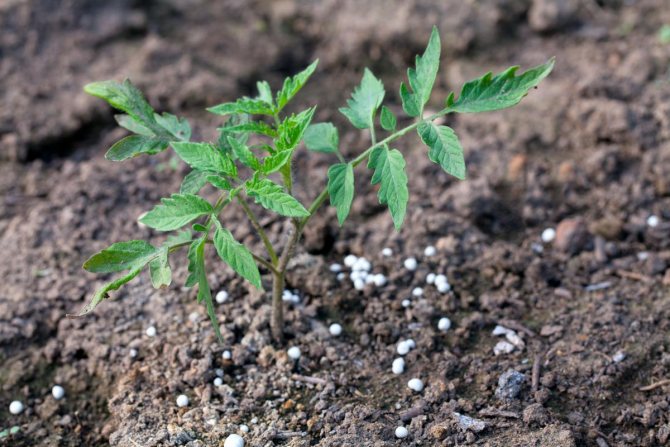

Start collecting shells from at least the beginning of winter.
Studies have shown that brown shells are somewhat thicker and denser than white ones. This means that its mass is higher, which means that the content of nutrients in it is greater.
The more area you have that needs fertilization, the more eggshells you will need. Collecting the right amount is not difficult if you have a lot of laying hens at your disposal or if there are neighbors who collect the shells only for discarding and can easily give it to you. Otherwise, the collection will take a lot of time. You can calculate the total weight of the shells harvested during the year using the formula: 10 g * N * 12 months - 10%, where:
- 10 grams - average shell weight of 1 egg;
- N is the number of eggs your family eats during the month;
- 12 months - 12 months;
- 10% - unusable shells that will have to be thrown away
Rules for crushing shells for fertilization
To use the material, it needs to be crushed. The fineness can vary depending on the application. You can process clean, dried shells in a coffee grinder, mortar, or meat grinder. Another way: put the shell on a hard surface, for example, a table, in a thin layer, cover with a newspaper or cloth and tap it well with a hammer, then walk with a rolling pin, as if rolling out dough. This will give you a fairly fine grind.
To use the shell as fertilizer, it must be crushed.
What crops is fertilizer suitable for?
Eggshells for the garden are versatile, suitable for many vegetables (potatoes, eggplants, radishes, radishes), tree plants, bushes, ornamental plantings of open areas, pot flowers growing at home.
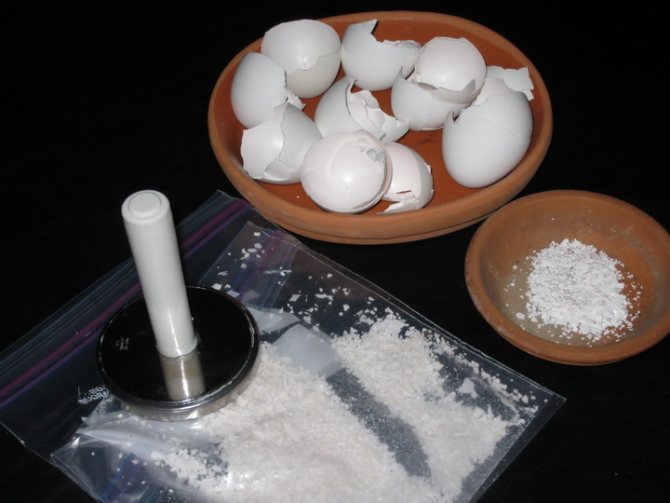

Garden and garden
Egg shells are an excellent vegetable garden tool. It has a positive effect on vegetable crops such as tomatoes, peppers, beets, raspberries, gooseberries, currants, and onions. It can be added to the hole under each tomato or pepper seedling when transplanting in the spring: one teaspoon of the crushed substance is placed in the holes when transplanting to a new place. This will help the plants to form immunity to infectious lesions, accelerate their rooting.
What plants in the garden and vegetable garden need calcium
Under what plants can eggshells be applied - under everything, if they prefer neutral or slightly acidic soil.Hydrangeas, azaleas, rhododendrons need acidic soil, therefore fertilizer is not suitable for them.
Melons, especially the thermophilic ones - watermelons and melons - love calcium. They need it so that the metabolism works like a clock. If there is not enough calcium, the berries (watermelon is a berry) will be small.
Eggplants and zucchini do not like acidic soils, therefore, a deoxidizer in the form of a balanced complex mineral-organic fertilizer is suitable for them.
Video: Eggshell - benefit or harm
Calcium-free tomatoes will have dense flesh, and will not ripen in the area of the tail, which will ruin the presentation of the vegetables. In addition, a lack of carbonates leads to a decrease in metabolism.
For in-shell cucumbers there is one very valuable trace element - silicon. If you regularly apply it in powder form, your nails and hair will grow well.
Preparation of top dressing
The shell of chicken eggs is used in the form of a grated mass or tincture. Fertilizer is introduced by embedding in the soil during digging, dusting the root zone of plants on top, by means of root watering of greenery.
Shell harvesting
In order for the use of eggshells for a vegetable garden or garden to be useful, you need to know how to properly prepare raw materials. To this end, the shell should:
- wash well to exclude waste from rotten eggs;
- bake in the oven;
- grind with a meat grinder, coffee grinder or hammer.
Making liquid fertilizer
Prepare a nutritious infusion as follows: grind 5 shells and brew with three liters of boiling water. Allow the composition to brew for a week, then dilute with water in a ratio of 1: 3.
Fertilizer production
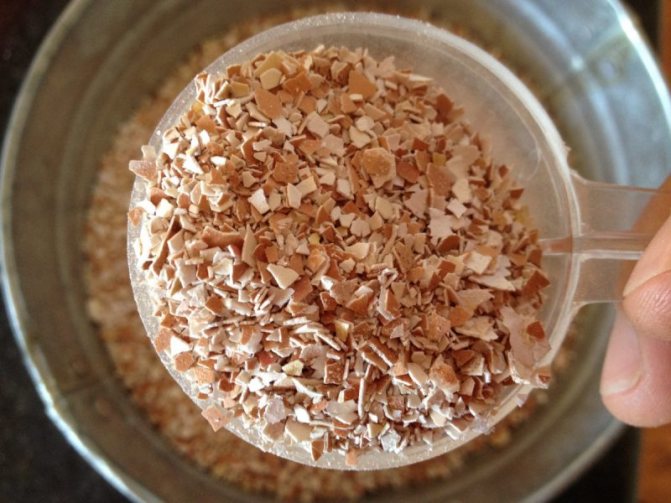

You can prepare a valuable fertilizer using the following technology:
- Rinse the shell and dry thoroughly, for which it is laid out on paper, or dried in the oven.
- You can grind the product in a coffee grinder, meat grinder or using a regular mortar. Important! The larger the pieces of the eggshell, the longer it will take for it to decompose, and, therefore, its beneficial qualities will not reach the soil so quickly.
- Store the resulting powder optimally in a glass jar.
As strange as it sounds, egg shells are used to make a liquid fertilizer in the form of a tincture.
To obtain it you need:
- chop thoroughly washed and dried shells;
- the product brought to a powdery consistency is poured into a glass container. Water is poured there. The container with the product is covered with a lid and is left in a cool, dark place for 15 days;
- before using the solution in the garden, it is diluted with ordinary water according to the scheme 1 part of the solution, 3 parts of water.
Such a top dressing is often taken to fertilize cabbage, onions, peppers, beets, etc.
Storage rules
Shredded organic raw materials are best stored in slightly open containers made of glass or paper. Before preparing fertilizer from the eggshell, it must be carefully processed, the protein remaining on the walls must be removed, so as not to provoke the occurrence of putrefactive changes, fetid fumes.
The material does not lose its positive properties within one year.
Protective agent against pests and diseases
The use of eggshells in the garden prevents the appearance of dangerous animals and insects near the plantings. For this purpose, cleaning is smeared with vegetable oil, added dropwise among the beds.
Fighting slugs and snails
To get rid of parasites will help dusting the upper parts of the leaves of plants with calcium flour. It is recommended to mix the product with wood ash in equal proportions.
To defeat harmful insects, it is advised to sprinkle the area with crushed egg husks.
The use of eggshells as fertilizer saturates the soil with a large amount of nutrients, improves its structure, and contributes to obtaining a rich harvest. Thanks to the use of natural dressing, it is possible to avoid oversaturation of the soil with harmful agrochemicals.
Shell use
Seedling pots
Soil is poured into half of the unwashed shell, and a drainage hole is made in its bottom. A germinated sprout is planted in the soil, watered. After pecking and strengthening the sprout, the seedling is transplanted into open ground right in half of the shell. In the future, as it grows, the developed root system will itself rupture the membrane and will use its fragments as a nutrient medium.
Shell flour
It is usually used for growing tomatoes. Before planting the seedlings, pour a teaspoon of eggshell ground in a blender or coffee grinder into the hole for it.


For indoor plants
Eggshells can be used as fertilizer not only for garden plants, but also for home flowers. Put the shells of 5-6 eggs in a three-liter jar, without rinsing it, and cover with warm water and put in the shade. After 4-5 days, the water will become very cloudy from putrefactive processes with the formation of hydrogen sulfide - but in such a concentration it will not act as a poison, but as a very effective fertilizer.
The shell itself can be used as drainage at the bottom of the pot. In addition to the drainage function, large fragments of the shell, slowly decomposing, will serve as an excellent calcium-carbonate fertilizer.
Fight against aphids
The flour made from the shells will help in removing aphids. It calcifies, immobilizes these small pests, enclosing them in a shell impervious to oxygen and excretion of waste products. After drying, such "cemented" aphids are easily shaken off the leaves.
How I proved the uselessness of the shell
It was an accident. My chickens graze in the garden until the season for the beds comes, and then only in late autumn. The chicken is not a stupid bird and she tries in every possible way to hide her eggs. So she laid eggs in a secluded place, and we sprinkled it with a bunch of earth when we were digging the cellar.
The pile lay for 4 years, and when the land became in demand, we found a whole nest with eggs. Knowing the time period, we realized that even after 4 years, the shell does not decompose in the soil.
To my neighbor, who vehemently argued the necessity and importance of the shell for the vegetable garden and garden, I offered to bury the shell under the bush, and after a year to rummage. He rummaged. Imagine his surprise when he dug up a whole shell.
However, he did not stop there and decided to grind the shells before bringing them into the garden and under the bushes in an electric mill, and then pouring them under the bushes. I did not stop him, although I understood that this was a useless business.
Where to put the shell
Eggshells are an excellent source of calcium for chickens. By feeding it to a bird, I get good egg production and chicken droppings.
Organics are very important for plants in both the vegetable garden and the garden. Chicken droppings contain the main elements of plant nutrition and are saturated with additional ones, including calcium. Here, in the form of droppings, I add calcium to the garden and under garden crops. Whatever one may say, once in "kulkuli" all elements become soluble in water and assimilable for the root system of plants.
If there are no chickens, and there are a lot of eggshells, it is advisable to grind it and bring it not under the bushes, but into the compost heap. Getting into the compost together with other organic matter, ground into dust, the shell becomes "food" for microorganisms. They make all the elements biologically available and after a while, when the compost decays and "ripens", it will certainly become in demand for plants.
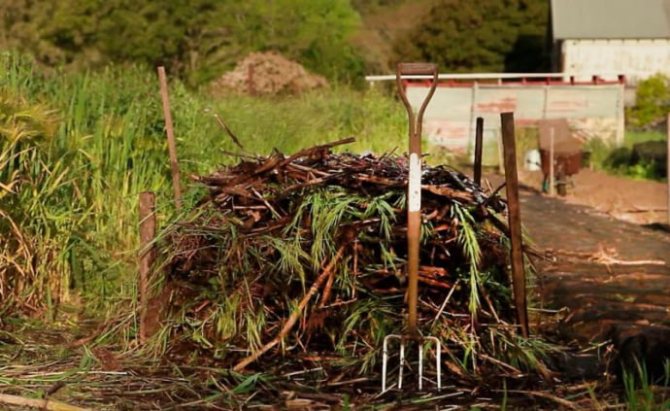

Advantages and disadvantages
Before sprinkling the shells on the beds, you need to figure out how such fertilizer acts on plants and what negative reactions it can provoke. The positive aspects include:
- in terms of the content of useful microelements, the shell surpasses many industrial fertilizers, while, unlike finished products, it costs several times cheaper;
- top dressing will benefit almost all plants growing in central Russia;
- the use of the product accelerates the growth of plantings and increases fertility;
- eggshells repel many garden pests;
- the product does not contain chemicals, therefore, it does not harm the body.
As for the weaknesses, the shell can provoke the following undesirable points:
- some plant species do not perceive such nutrition, so it is impossible to predict their reaction;
- shells should not be fertilized with decorative and indoor plants, since they are very susceptible to bait. An increased concentration of nutrients contained in the shell can lead to their death.
If used properly and only for suitable plants, it is guaranteed not to cause harm.
Folk recipes for making shell fertilizer
The shell does not need to be used separately to nourish the plants; this product can be mixed with various components. The following folk recipes have proven themselves best:
- With ash... To prepare top dressing, you need to mix the shell with ash in a 1: 2 ratio. The mixture is scattered on the ground in a thin layer and then watering is carried out. It is recommended to carry out processing every 4 days throughout the month. This mixture will provide accelerated growth of plants, making them stronger and healthier.
- With chalk... The shell powder is mixed in a bucket with chalk crushed into flour in equal proportions. After that, it is recommended to add water to the composition so that it becomes more liquid. It is recommended to use this top dressing on acidic soil, as it will help normalize acidity and also nourish the plants. Watering is carried out every 3 days for 5 weeks.
If the garden is attacked by insects (slugs, aphids), they can be removed using a shell-based solution and garden varnish. The components are mixed in the same ratio until a thick, but liquid mixture is formed. The prepared solution is used to treat leaves, stems and other affected areas. This solution attracts pests. Due to the presence of calcium carbonate in the composition, it has a detrimental effect on most insects.

